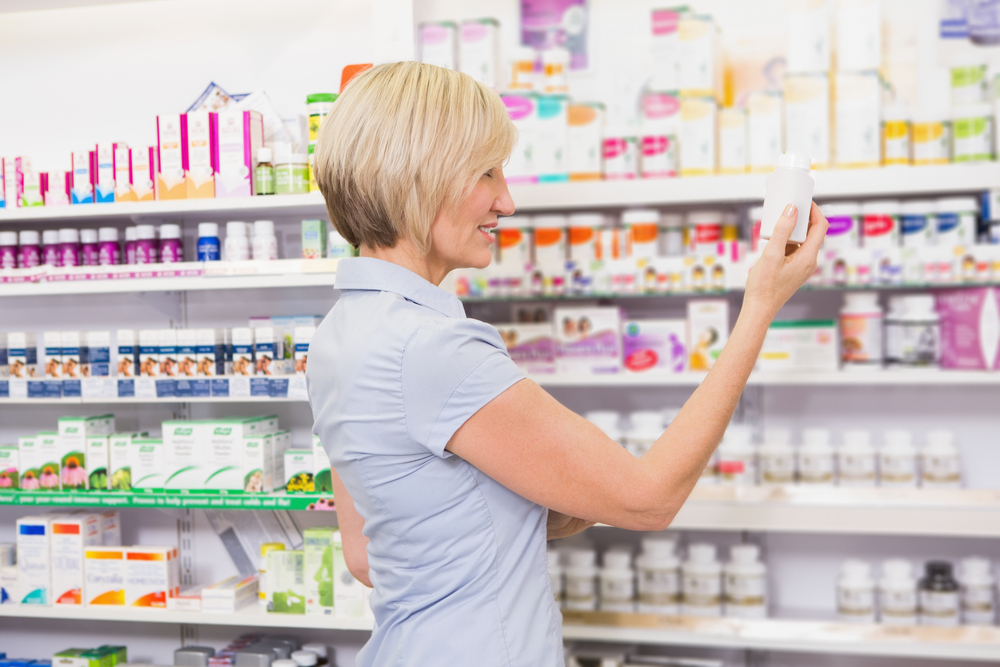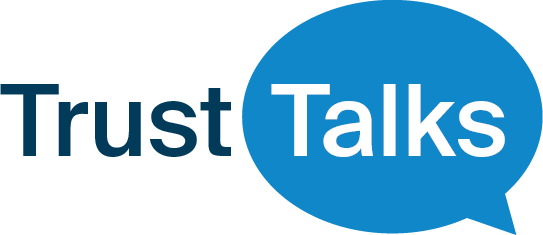How to combat the scourge of counterfeit medicine

A letter to the editor from the Head of Health Security at SICPA, Arnaud Bernaert, was published in The Hill newspaper (highlighted in blue here) on February 23. Please find the full letter below:
How to combat the scourge of counterfeit medicine
I wish I could say the Jan. 18 piece, Drugmaker says counterfeit versions of its HIV medicines ended up in patients' hands surprised me, but unfortunately, substandard and counterfeit medicines are a worldwide problem, a booming organized crime industry growing at the staggering pace of 20 percent annually. The vast illegal marketplace of counterfeit goods is estimated to be worth $2-4 trillion USD worldwide and according to Global Financial Integrity, medicines counterfeiting is the single most lucrative market of all transnational crimes.
Not only do counterfeit medicines impact patients’ health and safety, but pharmaceutical companies are also impacted, suffering damage to their image, intellectual property losses, and unfair competition. For governments, fake medicines compromise national health care policies, impacting life expectancy and public confidence in the health care system.
One of the solutions is embedding security labels with overt features that are easy to authenticate but hard to replicate. This provides consumers with a clear basis for trust in the product’s authenticity and can directly deter counterfeiters. A second step effort is no different in principle from covert watermarking, used by banks to secure their banknotes, or how governments mark cigarette packets to fully capture excise taxes. Reinforcing the connection between the physical product and its digital twin, in the tracking of the products with unforgeable records along its supply chain journey, is what will finally defeat counterfeiting criminals.

